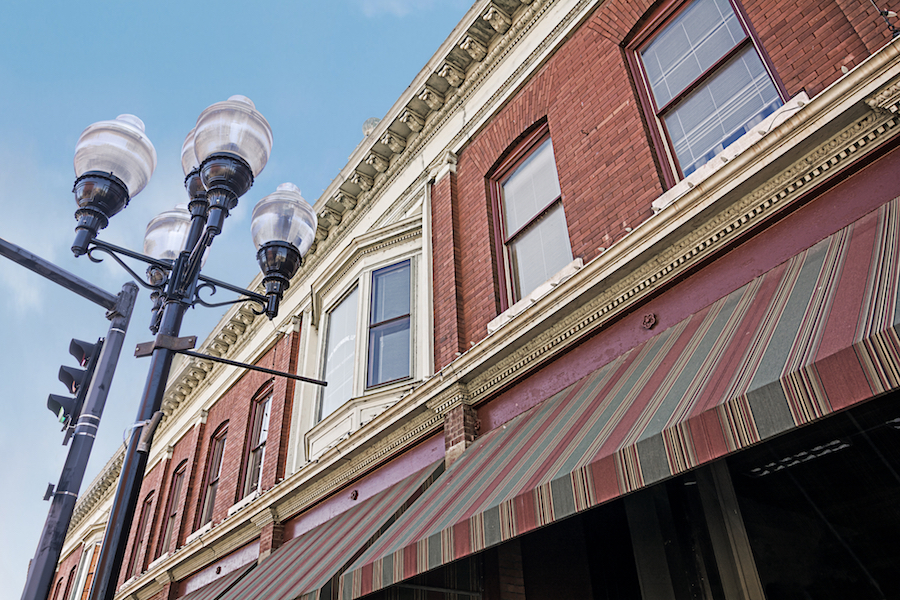Signs your historic brick building needs restoration

We love historic brick buildings. These iconic structures give us a window to the past, and when restored and maintained properly, they become a mainstay of the future.
One key to preserving these legacy buildings is to know when repairs are necessary. Too often, the first signs of a problem are missed or simply ignored.
To stay ahead of the wear caused by time and elements, it is essential to address problems quickly and correctly. Being proactive with maintenance can save money and time. Here are a few signs that your historic brick building is ready for restoration.
Brick condition
Though brick is a hardy material, it is still subject to degradation over time. Along with the brick, mortar condition can also affect the look and structural integrity.
Look for signs of spalling in the brick, which is the breakdown of the brick itself. The brick may show signs of flaking or crumbling. Environmental conditions such as heating, cooling, and water exposure normally cause spalling.
Check for receding or missing mortar. These issues may cause brick walls to settle, bow, or in extreme situations, collapse. Again, environmental conditions are usually the culprit.
The patchwork of past repair
Particularly in older buildings, years of repairs start to leave visible signs. Failure to match aged brick and mortar can leave your building looking like a patchwork of repair.
To restore your structure and provide a cohesive look, it is important to map out a plan with a professional who has experience in historic building restoration.
Cracks around doors and windows
Cracks around doors and windows are a common problem in old structures, which can be an indicator of settlement due to foundation problems.
But it can also be related to the lintels around doors and windows. Lintels that have degraded or warped need to be replaced before any brick repair.
Whatever the issues with your historic brick building, professional restoration can return your building to its former glory. Quality restoration lays the foundation for historic preservation of the future. These icons of the past have an important part to play in legacy of our communities.
